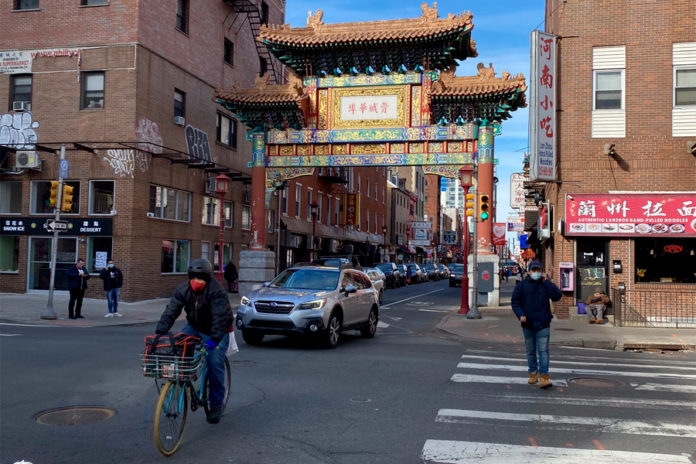The City of Philadelphia prides itself on being a “City of Neighborhoods,” developed from successive waves of immigrants from Europe, followed by African Americans from the South and Latinos who grew ethnic and racial enclaves throughout Philadelphia, establishing communities of interest with a similar culture, religion, and language, and economic status.
Crisscrossing Philadelphia, one will see that long-neglected neighborhoods, primarily populated by people of color and lower-income Whites, are in the real estate cycle of decline and revitalization. Wealthier newcomers are driving up living costs in many neighborhoods populated by low-income families of color and small family-owned businesses.
“One community with a long, storied legacy of waging resistance to protect the character of their neighborhoods against billionaire corporations over decades of struggle is Philadelphia’s Chinatown community, which has pulled together to build a coalition to preserve things like affordability, character, and culture of the neighborhood to ensure that it benefits everyone,” Debbie Wei, a founder of Asian Americans United, told the Daily Pennsylvanian.
As a Puertorriqueño with a lifetime affinity for the Asian community and an activist who warned neighbors in Norris Square against “urban Latino Oldtimers removal” through gentrification, I am urging all Latino communities throughout the City of Philadelphia to rally around Chinatown against the Philadelphia 76ers’ plan to build a new arena adjacent to Chinatown and the lives of the residents and small Asian-owned businesses.

I stand with Chinatown residents, activists, senior citizens, and community organizations. Latino nonprofit organizations operating in the Latino community are interested in strategies and evidence-based tactics to obtain Community to safeguard the interest of Latinos in gentrifying neighborhoods. We must enter into Community Service Agreements where there are housing units that:
-All housing built in designated neighborhoods must have affordable housing.
-A guaranteed occupancy plan must be made so that all residents removed from these areas can return at an affordable rental or purchase rate.
-Residents form a community resident oversight board comprised of community stakeholders.
-Workers on the construction site must include residents from the community.
I am not implying that we are against urban revitalization; we want community preservation of our institutions and decision on the land we have slaved, lived, and died on, and we should be prepared to protect our interests and wishes.







